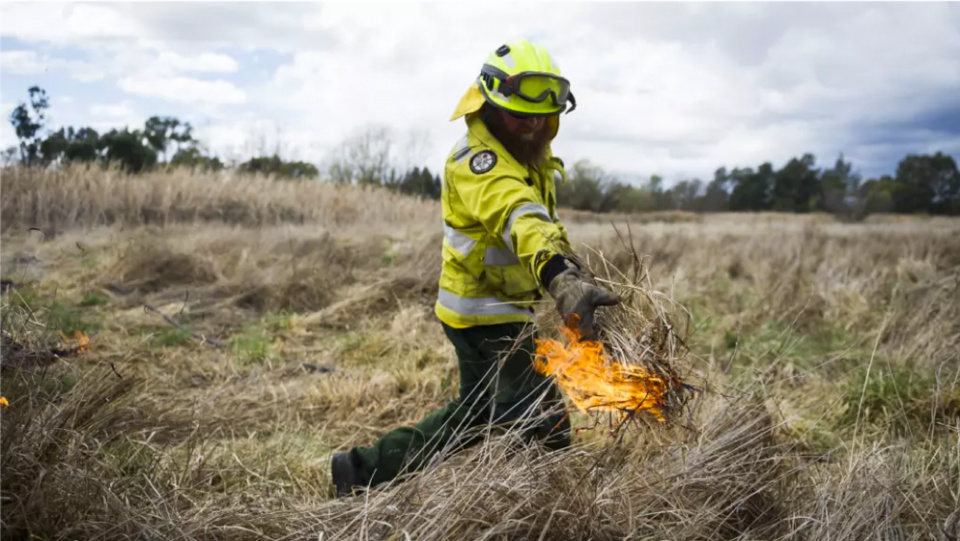
PUBLICATIONS
Published works

Hazards, culture and indigenous communities: socio-institutional modules for utilisation
| Title | Hazards, culture and indigenous communities: socio-institutional modules for utilisation |
| Publication Type | Report |
| Year of Publication | 2020 |
| Authors | Weir, J, Smith, W, Neale, T |
| Document Number | 595 |
| Date Published | 08/2020 |
| Institution | Bushfire and Natural Hazards CRC |
| City | Melbourne |
| Report Number | 595 |
| Keywords | culture, hazards, indigenous communities, utilisation models |
| Abstract | These Modules provide background information to support existing and potential collaborations between the natural hazards management sector and Indigenous peoples and their communities. The modules are specifically written for bushfire risk and its mitigation through land management activities, with the focus being Indigenous peoples’ burning practices. This reflects where most of the collaborations are occurring in southern Australia, and also our research activities. The modules nonetheless offer support for other natural hazard contexts and other risk mitigation activities. We have used the term ‘module’ rather than ‘guide’ to ensure readers understand these are simply presented as tools and are not intended to provide advice about the priorities and values of Indigenous peoples. It is particularly important for non-Indigenous people to learn directly from the Indigenous people they are collaborating with. Further, each collaboration will have specific cultural, social, legal, institutional and other norms, structures and processes. In each model we have provided links for further information, and/or suggested reading lists. Module 1: Governance norms This module provides a general overview of governance arrangements. In it, we highlight differences and interactions between Indigenous peoples’ governance and the statutory governance of fire by state agencies across Australia.
Module 2: Natural hazards management sector terminology Natural hazard terminology is not widely known outside the sector. This is true for both formal terms used in planning and policy documentation, and also colloquial and informal language. In this module, we define some of the basic concepts used in state fire fighting and mitigation activities. Module 3: Language and meaning Misunderstandings surround some of the basic language and meaning of terms and concepts used by different people engaged in the management of natural hazards and Country and this can hinder fair and effective cooperation. Meeting agendas, everyday conversations and well-meaning attempts to build working relationships can be derailed by missed meanings. This module contains definitions of concepts that are increasingly deployed to foster equitable and just relationships of knowledge and practice within collaborations between Indigenous peoples, state government and other groups interested in land management:
Module 4: Agreement making Agreement making, including Memorandums of Understanding (MoUs), are used by diverse organisations to set out mutual terms for engagement and action. An MoU may be less formal than an agreement, but not necessarily. The process of entering into an agreement recognises the existence of substantive joint interests, and the will to establish objectives in relation to those interests. Critically, agreements need to include consideration of:
These capacities are not just about the sharing of financial resources to prepare for and attend meetings, and to implement objectives, but also to ensure that parties are able to engage in meaningful communication with each other. Module 5: Resources In this module, we provide resources on publications by Indigenous authors about Indigenous governance and culture, as well as weblinks to a range of Indigenous and non-Indigenous sites of relevance. |
| Refereed Designation | Non-Refereed |
Published Works


